Disclosure: Meeple Mountain received a free copy of this product in exchange for an honest, unbiased review. This review is not intended to be an endorsement.
The baddies have taken over the beautiful kingdom and it’s now in chaos. You have to save them — and quickly! Work together to guide the brave Knight as they roll through a turbulent adventure lined with twists, traps, baddies, and…dynamite?
Slide Quest is a cooperative board game for one to four players with each controlling a lever. That’s right, a lever.
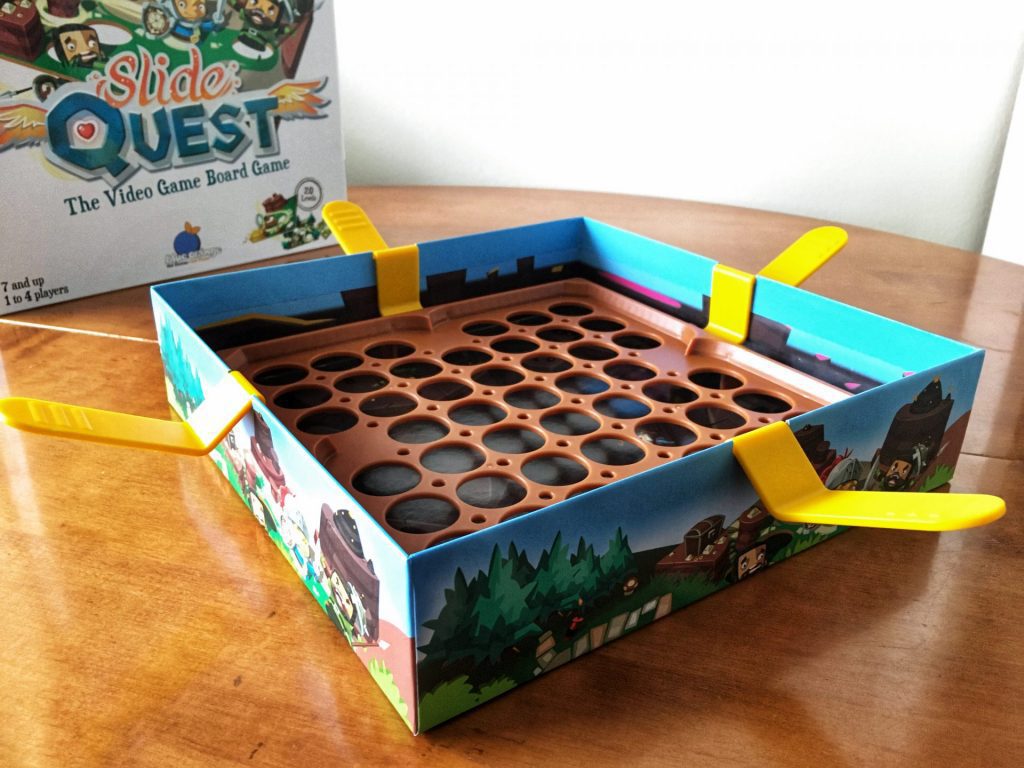
The purpose of this video game-themed board game is to guide the Knight, with a marble for legs, through various “levels” (maps). The Knight’s mission changes depending on the level. If players successfully get the Knight through a World (a set of five levels) with at least one life remaining, they win the game. Beware, once the Knight loses all of their lives then it’s game over (…and there is no quick restart or Konami code in this one).
Since there are different maps in Slide Quest, setup depends on the level being played and could include things like barriers, boulders, arches, dynamite, Guards, and Villains. However, one thing is consistent: the Knight always begins a level on that level’s number.
There are two different ways to play Slide Quest: mini quest and grand quest. For the mini quest, players must complete all the levels in one of the four Worlds (The Coast, The Mountain, The Castle Grounds, or The Castle) to win the game. For a grand quest, the players must complete all twenty levels included in the game. The rulebook details how to save your progress if you have the courage to take on such a bold request, but not the stamina.
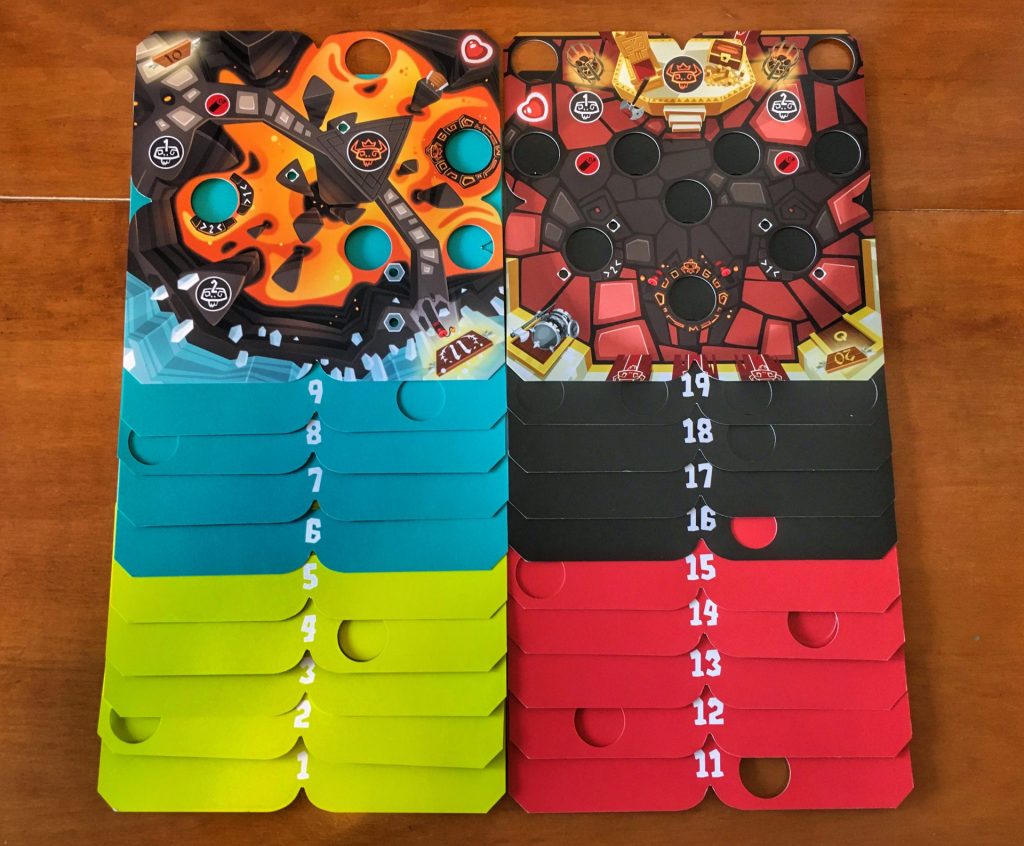
Slide Quest Tutorial
As I already mentioned, players each control a lever in the game. Depressing a lever makes the board inside the box rise, while letting it go makes it fall. As such, the little Knight rolls around the board accordingly. When playing with fewer than four players, some players will have to control two levers.
Your Mission
In Slide Quest, the Knight (and all players) face six different types of missions. The first two missions, Simple Paths and Paths with Dynamite, require the Knight to follow a path of light from the map’s start to its finish without falling into any traps. If a map has dynamite, it must remain standing for the Knight to progress to the next level.
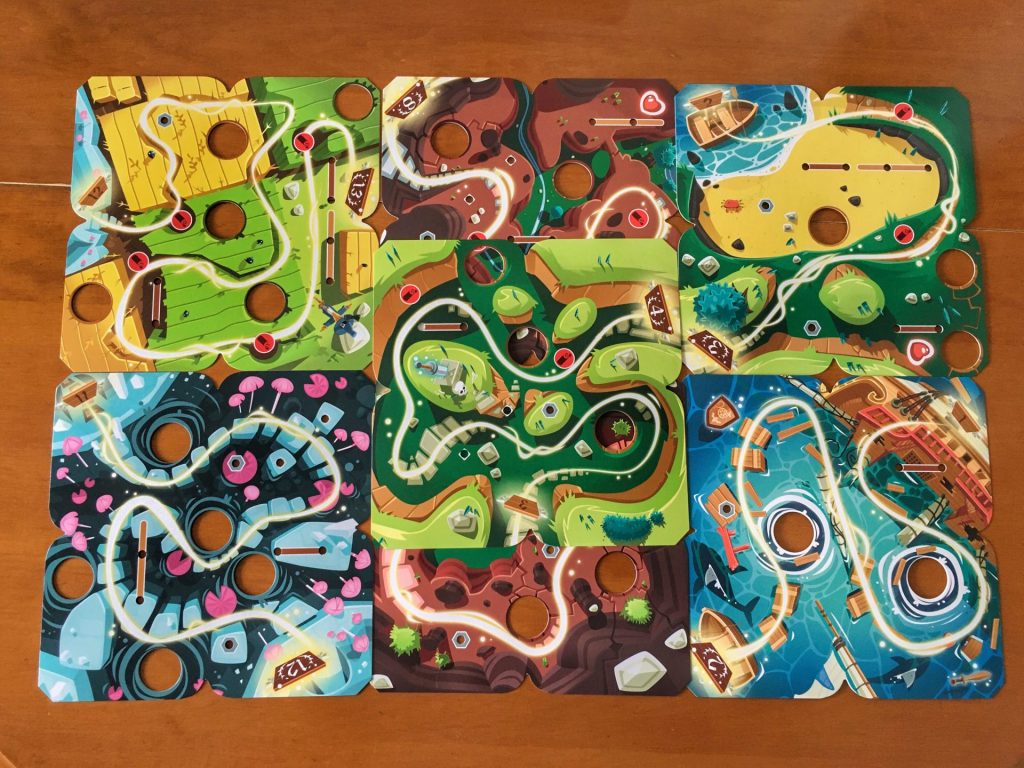
The Guard and Numbered Guard levels work similarly: the Knight must push the Guards into the traps while avoiding falling in the traps itself. The Numbered Guard levels, however, require the Knight to push the Numbered Guards into their numbered traps (i.e. Guard #1 goes into trap #1).
Maps with the Villain are like boss monster levels in a video game so each World ends with this kind of map. To succeed, and consequently win the game if you’re playing a mini quest, the Knight must push the Guards (numbered or not) into the traps and then push the boss monster (Villain) into its trap.
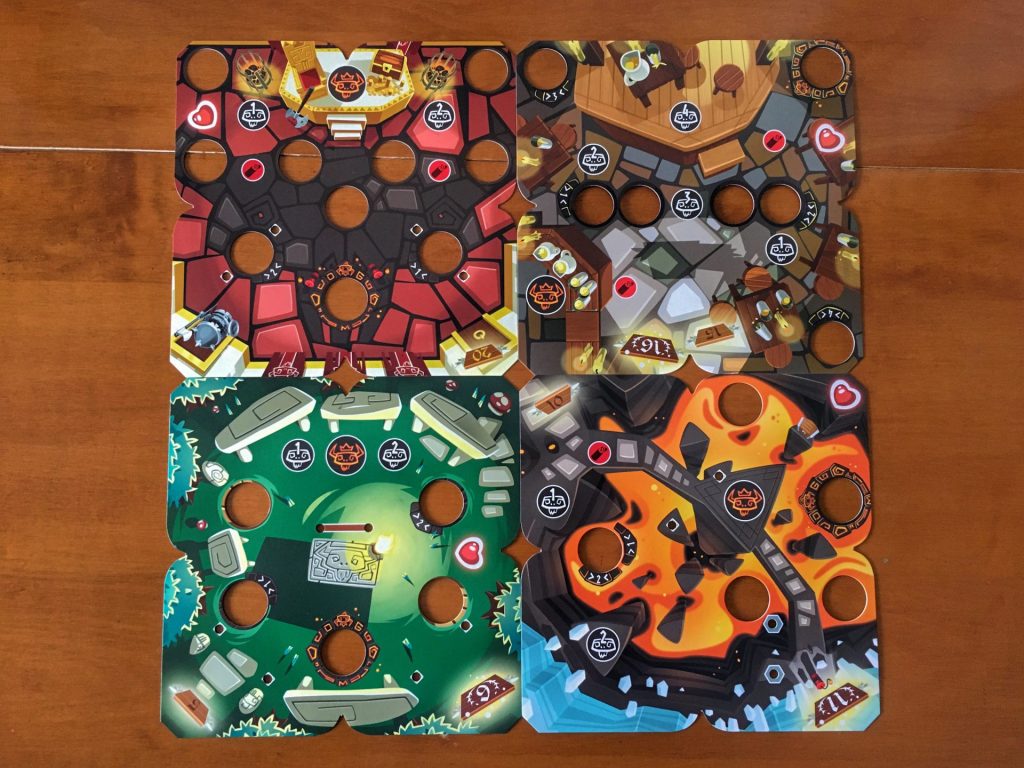
Finally there are two Explosive End missions, which require the Knight to use dynamite to finish map #10 and map #20.
Lives (and How to Lose Them)
At the start of the game, players choose their difficulty and begin with a certain number of hearts. The chosen difficulty also determines the maximum number of extra hearts players could possibly gain throughout the game. However, it is much easier to lose a life than it is to gain one.
A life is lost when the Knight:
- falls in a trap
- knocks over dynamite or drops it in a trap
- pushes a Guard or Villain into the wrong trap
- pushes the Villain into the right trap before getting rid of the Guards
- tips over (thematically the most hilarious way the Knight can lose a life)
- or a Guard or Villain falls into a trap without being pushed by the Knight
The Explosive End maps add another way to lose a life: if the level is not carried out perfectly and a mistake is made. In this case, the entire level and all its elements are reset.
False Ending
The concept behind Slide Quest is silly: use levers to control a marble-butted knight that rolls around a map, trying to avoid holes and other obstacles. Once the different kinds of missions are added to the mix, the game becomes more strategic (yet is still pretty goofy). Nonetheless, I’ve found that the silly, fun nature that’s present at the beginning of the game transforms into a high level of stress very quickly. To me, this level of stress is comparable to what is felt in other cooperative games like The Mind or Magic Maze. In theory the design of these games is simple, but doing well in them is much more difficult.
However, unlike Magic Maze and The Mind, players are not restricted in how they communicate in Slide Quest—but it is very hard to do so clearly and effectively when you are under so much stress. Slide Quest’s stress-inducing gameplay and heavy reliance on communication is what I believe will make or break the game for someone. I, for one, love it, but that’s because I love real-time games and games that stress me out exactly the way Slide Quest does. Most of my friends, however, do not share my love.
As such, I ended up playing many of the levels solo, that is controlling all four levers by myself. What I noted was that the solo game was the easiest way to play Slide Quest; I never really found myself struggling tremendously, even if I was losing lives. The exception to this was Level 19, which gave me flashbacks to rolling in the clouds on a ball in Super Mario Galaxy.
The more players you add to a game of Slide Quest, the more difficult your experience will be, regardless of the difficulty you choose at the beginning of the game. I attribute this to the communication pressure. In a solo game, the pressure to communicate is completely removed so your focus is just on the gameplay. You also have more control over the game and what happens in it since you are the only player using the levers. You don’t have to stress over whether you are communicating your ideas clearly to others, nor do you have to worry about responding appropriately when another player communicates with you. As you add more players, the pressure and stress increase and communication gets muddled.
And this is not the only instance of muddled communication: Slide Quest’s rulebook is not great. There are so many rules that are unclear and ambiguous, especially when you get into the game itself. Dear reader, if you’re thinking this is just a silly game and that the rules don’t really matter, please continue reading on. But, if you like your rulebooks to have all the answers like I do, click below to read some of the questions I still have after many plays of Slide Quest.
- When the Knight tips over, a life is lost. What happens when a Guard or Villain tips over? This might not seem like a big deal until the tipped Guard gets stuck in the corner and renders the level impossible to finish, unless you shake the box (which feels like cheating).
- Do you need to make it to the next level’s signpost in all the levels once you’ve completed the mission? For the Path missions, the path of light leads to the next level’s signpost, but is it necessary in the others?
- What happens when players encounter freaky situations that they cannot resolve without touching the pieces on the board? For instance, in one play I encountered a situation where a tipped Guard was jammed in a corner and holding up my Knight (lodged against a wall) over a trap. No matter what I did with the levers, they both remained immovable.
- The rulebook explains (sort of) how to proceed when the Knight falls off the path of light, but what happens when a Guard gets pushed off this path and out of the Knight’s reach? The rulebook states that once the Knight is off the path of light, it must return to the spot from which it strayed. So how does the Knight get the wandering Guard?
- Extra hearts can be won in some levels, but in the Simple Path levels, the hearts are printed on the map and located off the path of light. Since the Knight isn’t allowed to venture off this path, how are you supposed to gain the extra heart?
- How many times can players earn a heart from one level? If they have to reset the level or if they lose a life, can they rush back to get the extra heart once they’ve restarted?
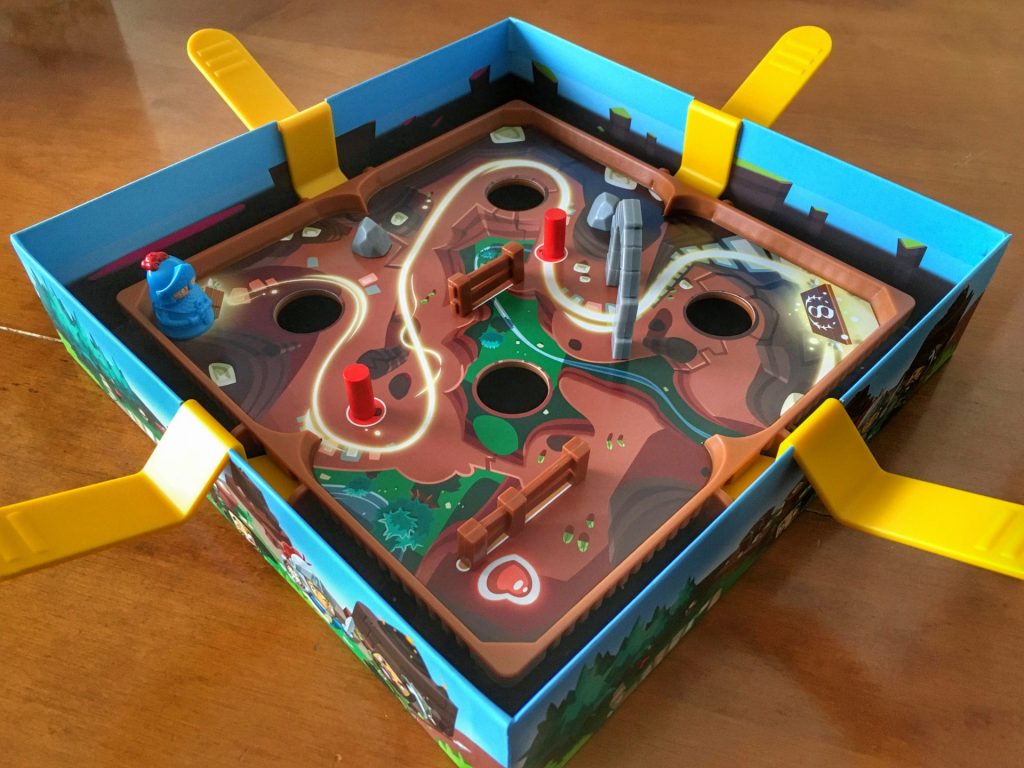
While Slide Quest can be a really fun game with the right group of people, it definitely won’t be for everyone simply because of how stressful it can be. I haven’t tried it yet, but I think the novelty of the game will really resonate with younger gamers. I believe that the joy and excitement they would bring to the table would reduce a lot of the stress of the game, leaving room for just the fun to emerge.
Thematic Music for Playing Slide Quest
It’s easy for anyone to choose a popular video game soundtrack to play during their game of Slide Quest so I wanted to provide some less obvious, yet awesome choices.
While I have included songs to check out, I would recommend listening to Child of Light and DSVII from start to finish—they are meant to be a complete musical experience after all.
Child of Light by Coeur de pirate
Songs to check out include: Dark Creatures, Metal Gleamed in the Twilight, and Hymn of Light.
More on Coeur de pirate: http://www.coeurdepirate.com/en/
DSVII by M83
Songs to check out include: Hell Riders, Feelings, Lune de fiel, and Mirage.
More on M83: http://ilovem83.com/
Geek Wedding, Vol 2: The Sequel by Vitamin String Quartet
Songs to check out include: Halo – Opening Suite, Star Wars – Cantina Band, Final Fantasy X – To Zanarkand, and The Elder Scrolls III: Morrowind – Nerevar Rising .
More on Vitamin String Quartet: https://www.vitaminstringquartet.com/



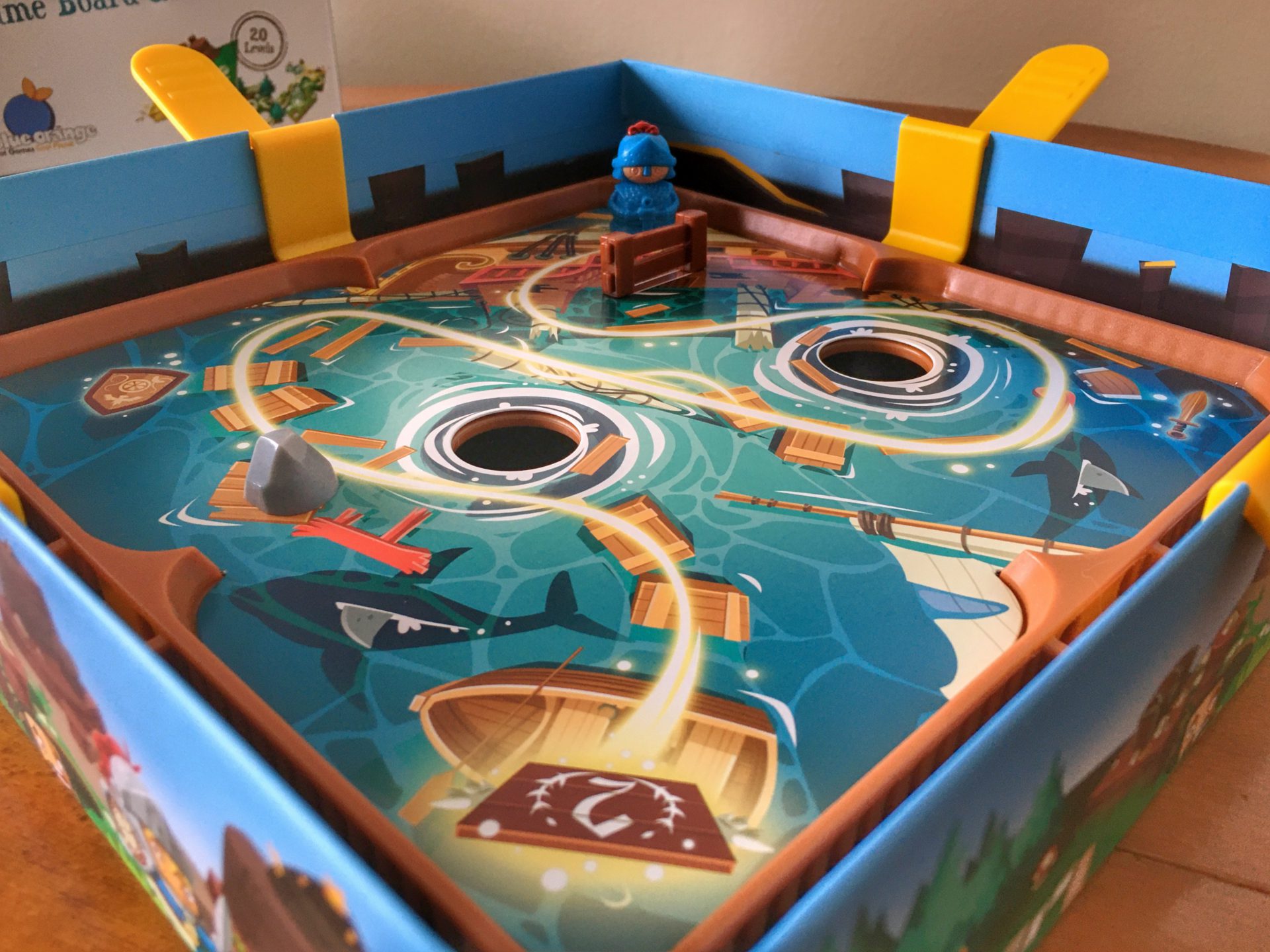



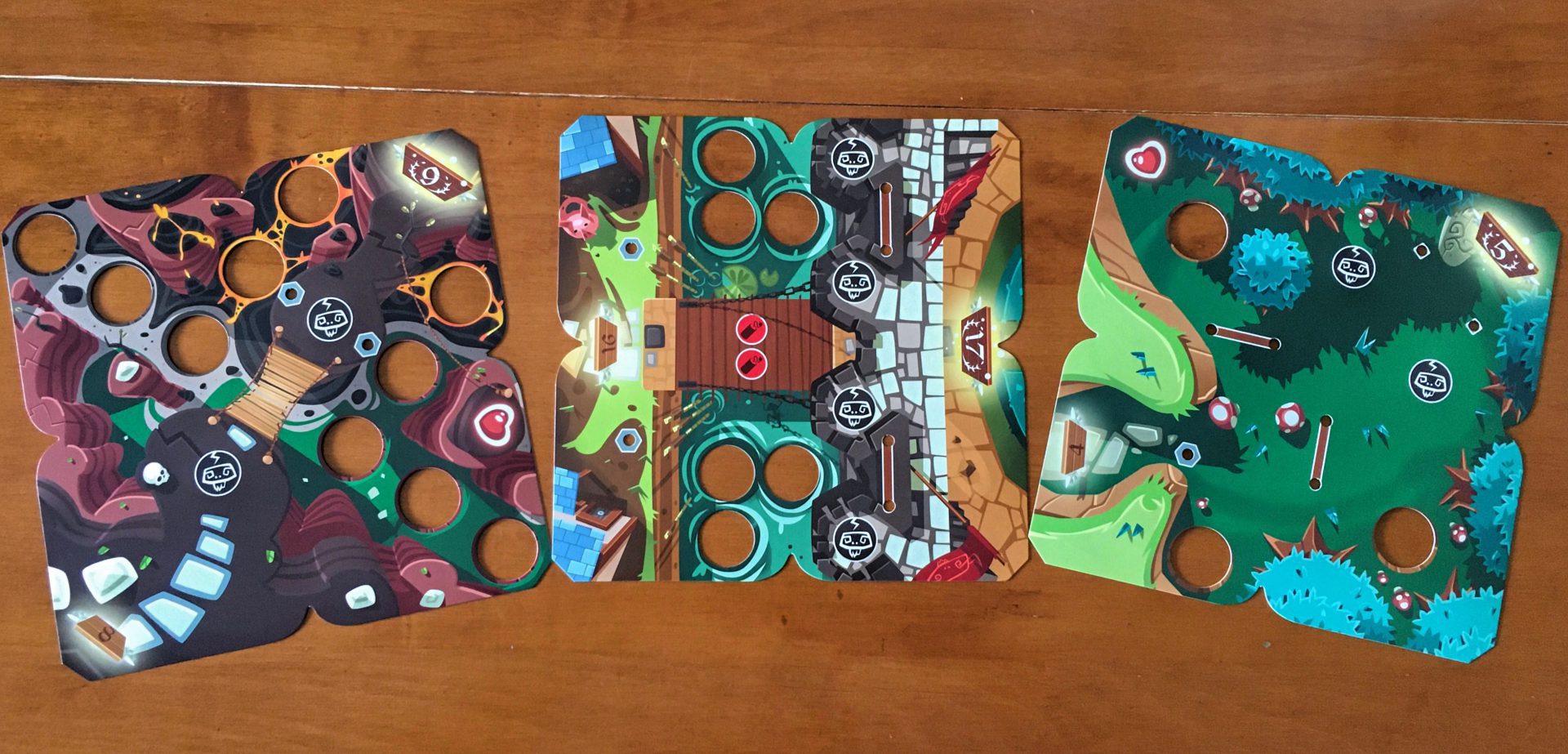
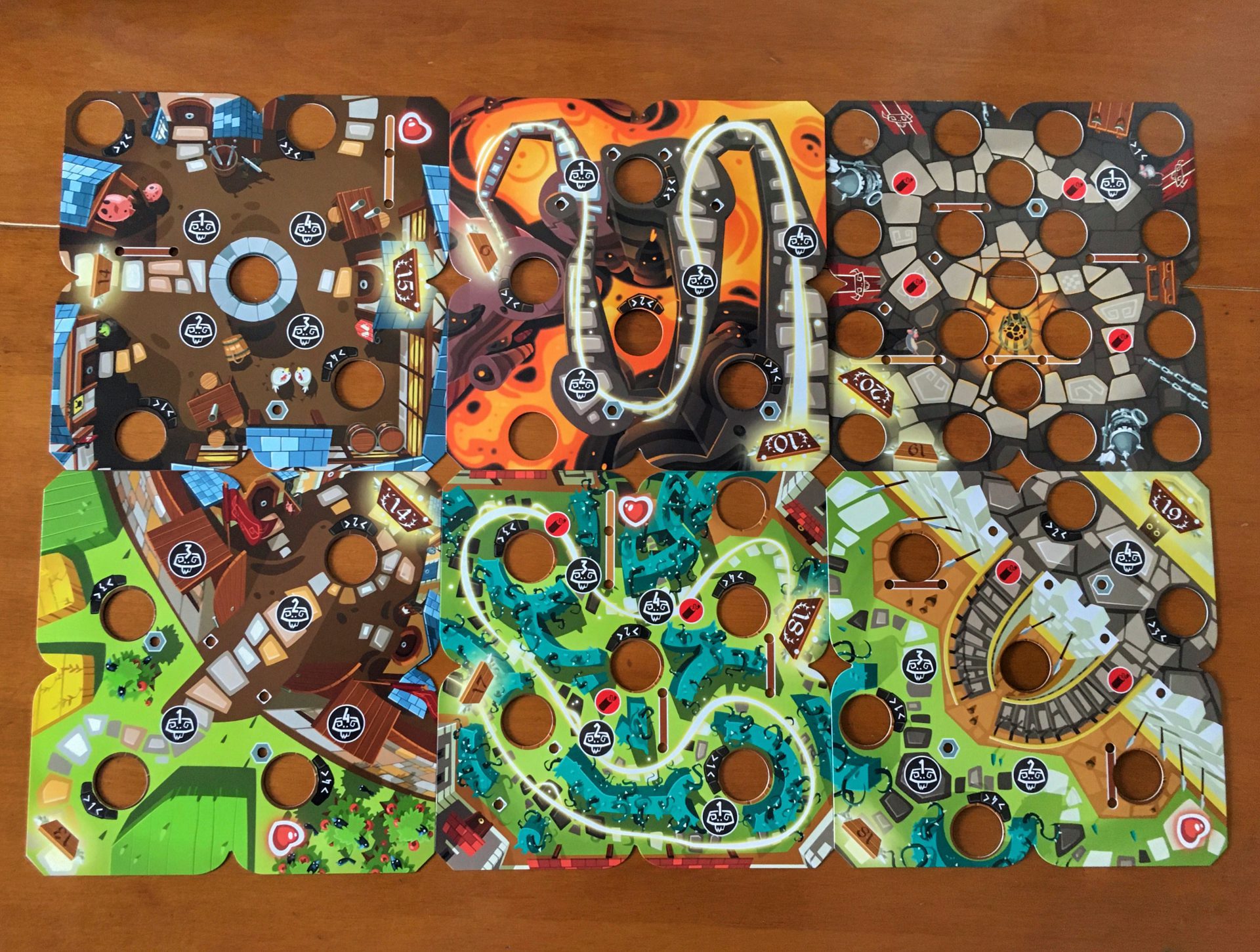
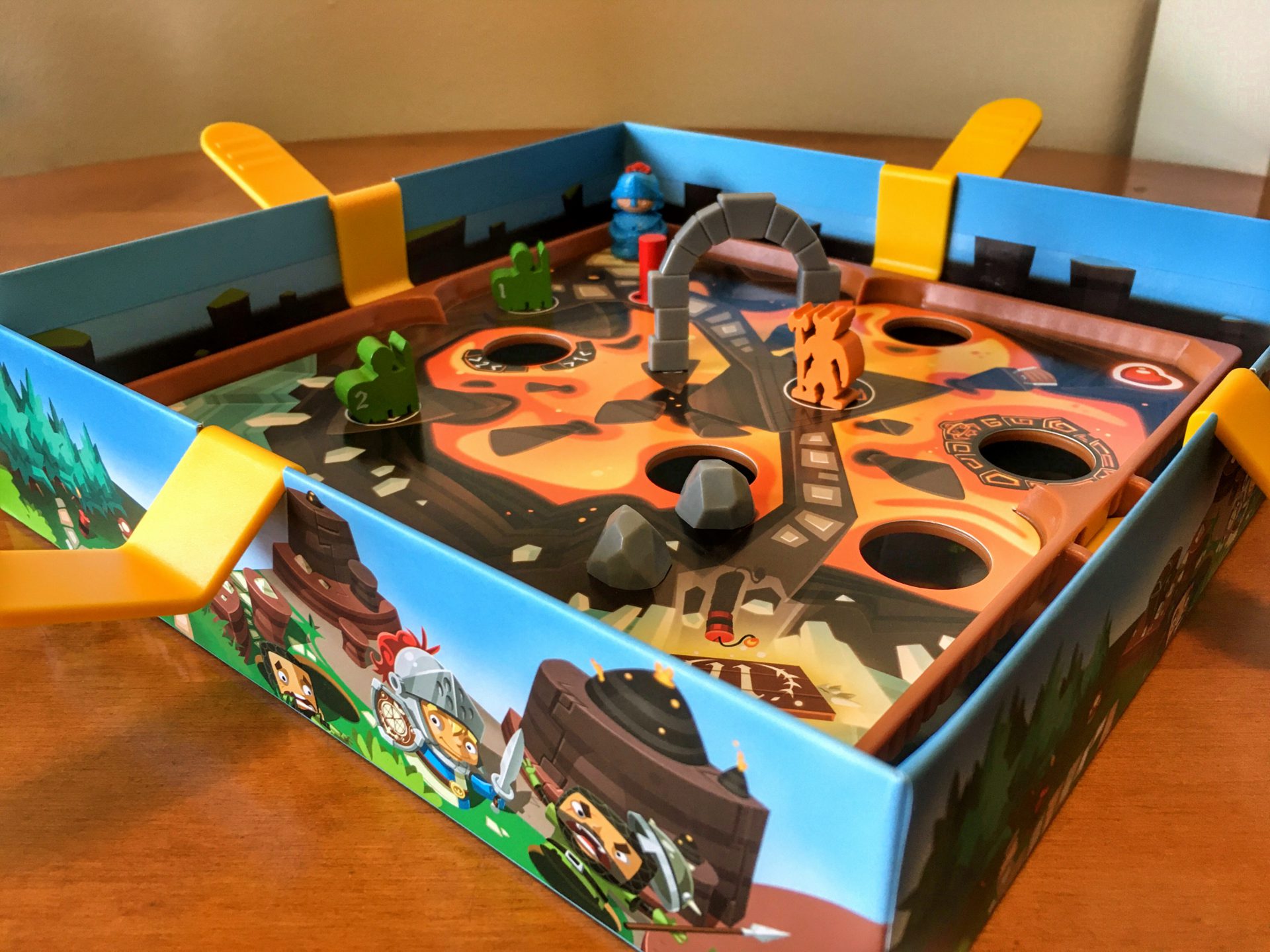

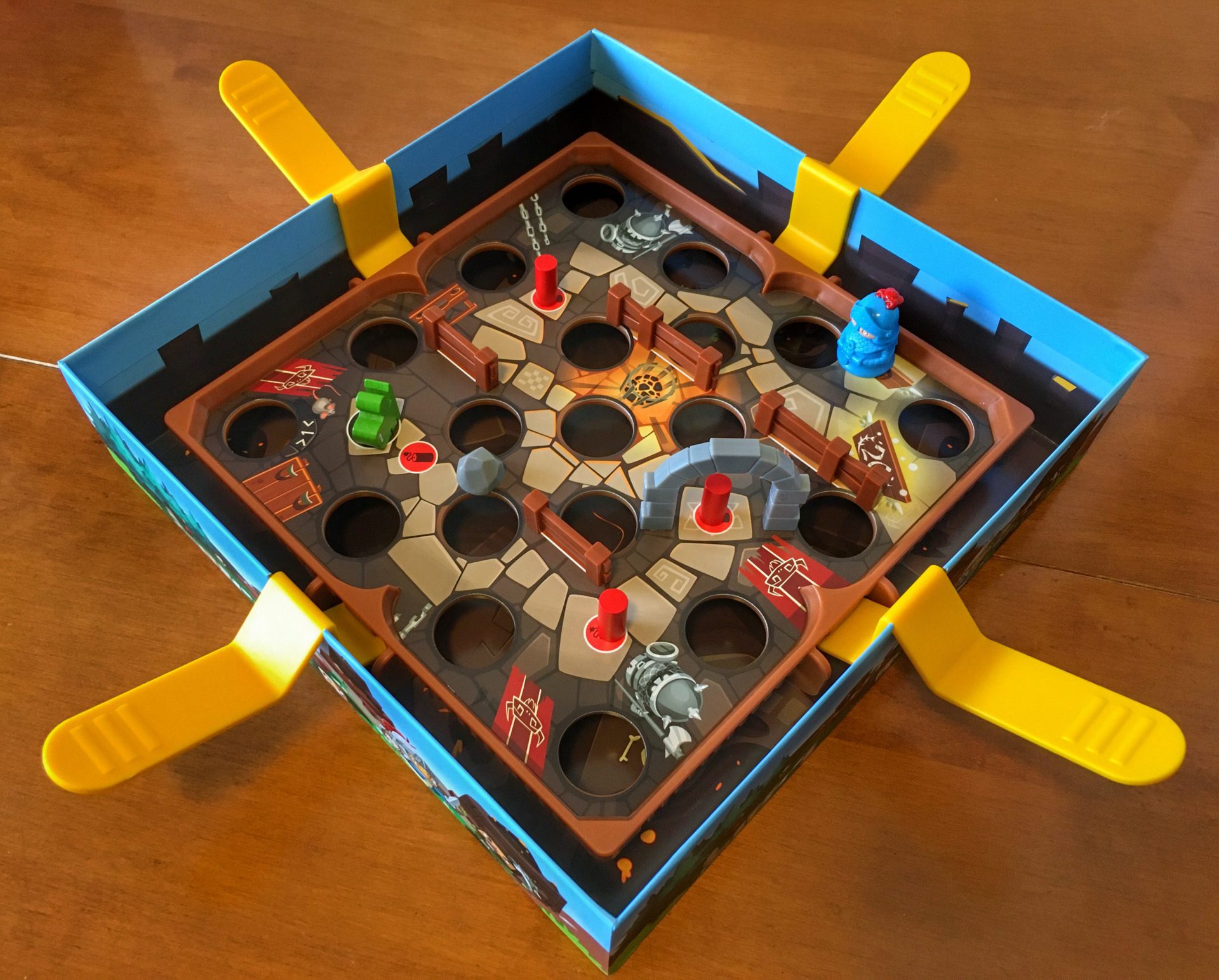
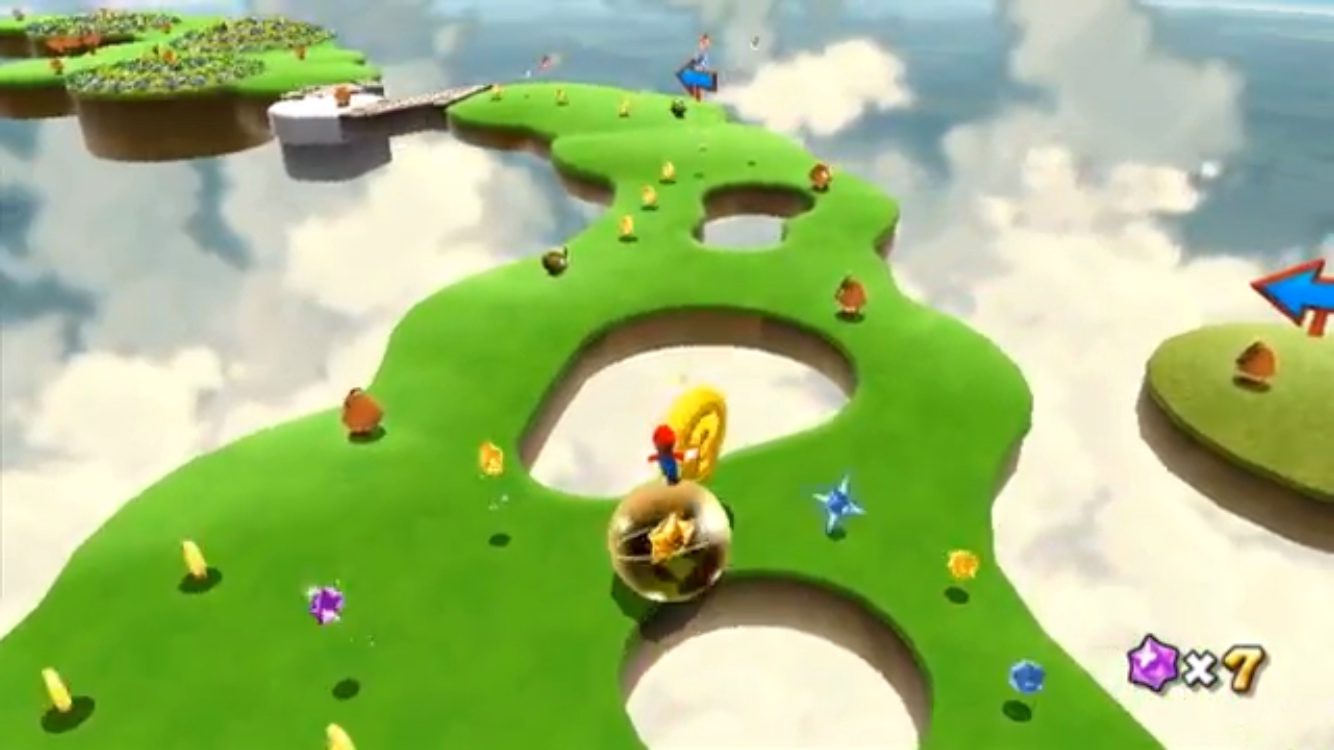

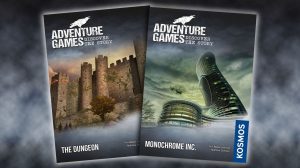






Add Comment